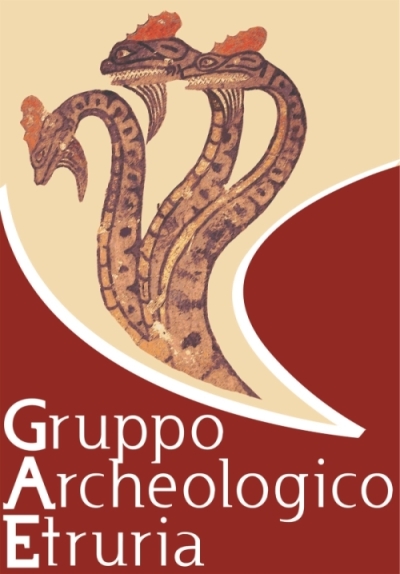

THE ARCHEOLOGICAL GROUP ETRURIA (GAE)
The Archaeological Group Etruria (GAE) is a volunteer group founded in 1986 to assist the “Soprintendenza per i Beni Archeologici” in its protection activity by carrying out inspections and surveys in the municipality of Sarteano. The work of those years reached its peak with the excavation of the Roman settlement of Peschiera Giannini in collaboration with the Faculty of Architecture of the University of Florence and in 1989 with the organization of the exhibition "Sarteano Etrusca. Collezionismo antiquario e scoperte archeologiche ottocentesche” “Etruscan Sarteano. Collecting activities and archaeological discoveries in the 19th century" that displayed some finds coming from the territory of Sarteano that were dispersed across various Italian museums.
The GAE was "re-founded" in 1996 when the local interest in archaeological issues was stimulated by the project to create a local museum. Contemporaneously with the opening of the “Museo Civico” in September 1997 there was an intense excavation activity going on which significantly increased the collection.
In 1996 a series of rock-cut chamber tombs of the Hellenistic period were uncovered in the area of Mulin Canale; many discoveries were also made in that same year in the adjacent Macchiapiana-Solaia necropolis where the remains of two canopic jars, among other objects, were found.
1997 was an important year because a painted tomb was uncovered in the Palazzina necropolis and a whole series of chamber tombs belonging to the 6th-5th (non è 5th-4th????) cent. BC and to the Roman period (the upper ones). The beautiful artefacts found in this necropolis are now on display in the museum and form one of most important rooms of the exhibition.
Subsequently, the GAE not only resumed the investigations of the area for the preparation of an archaeological map, but also carried out research in the area of Albinaia where an important though poor necropolis of the first half of 7th cent. BC is located
Over the past eleven years the Pianacce necropolis has been successfully investigated uncovering chamber tombs dating from the late 6th to the Roman era. The excavation is carried out with the consent of the Ministero per I Beni e le Attività Culturale and the Mayor of Sarteano is the licensee while the museum director has the scientific direction and the labor is entirely performed by the GAE. This model, which is quite unique in Italy, has resulted in extraordinary finds at very low costs and has led to the discovery of one of the most important sites in the inland of North Etruria.
The year 2003 was, without doubt, the most successful year for the GAE when on 11 October “The Tomb of the Infernal Quadriga” was found during the annual excavations in the monumental necropolis of Pianacce, one of the most significant discoveries of Etruscology in the last decades.
A theater-shaped large podium-altar was brought to light between 2007 and 2009. This structure, used for funeral rituals and belonging to three underlying tombs, is also unique in Etruria.
The excavation campaigns continue every summer and always reserve new surprises.


